

J’ai commencé un projet à l’école, je voulais te le présenter. Ça devrait te parler ! C’est un projet de recherche, c’est à dire que je vais enquêter, chercher, écrire sur un sujet, un peu comme un exposé à l’école. En gros, ce qui me plaît c’est le dessin et l’écriture. Tu dois être en plein dedans en plus, en train d’apprendre ça. Moi je m’intéresse aux écritures qui ne sont pas ‘parfaites’ selon les règles qu’on t’apprend à l’école, qui suivent les lignes dans les cahiers. Je pense aussi à ton rapport particulier à l’écriture, quand ta maitresse t’as forcé à écrire de la main droite en maternelle. Le fait que tu sois alors gaucher contrarié, comme on dit, ça m’intéresse aussi. Parce que ça va sans doute changer ta façon d’écrire plus tard. Je pense aussi aux moments où tu dessines et tu écris sur le trottoir avec ta soeur à la craie.
Ces exemples là sont, pour moi importants parce qu’ils sont un peu à part, en décalage. Tu sors de ton cahier justement. En fait même un simple trait avec un crayon m’intéresse. Parce que cette trace montre toujours quelque chose. Un passage. D’une personne, d’une chose. Par exemples les gribouillages qu’on peut voir à l’école, dans les marges des cahiers, sur les bancs de la cour, je vais m’y intéresser en disant qu’ils sont liés à l’auteur qui est derrière ça. Ça montre que quelqu’un es passé par là. Et moi je fais un rapprochement avec les signatures. Tu en auras une plus tard pour dire que tu es d’accord avec des papiers importants. Ça me plaît parce que les signatures montrent un vrai geste assumé. Et souvent on ne lit pas très bien le prénom de la personne qui signe. Je trouve ça beau. Je trouve que ça devient juste un dessin. Pour l’instant tu écris ton prénom, sur un papier pour rendre à la maitresse, c’est déjà ta signature, même à 7 ans.
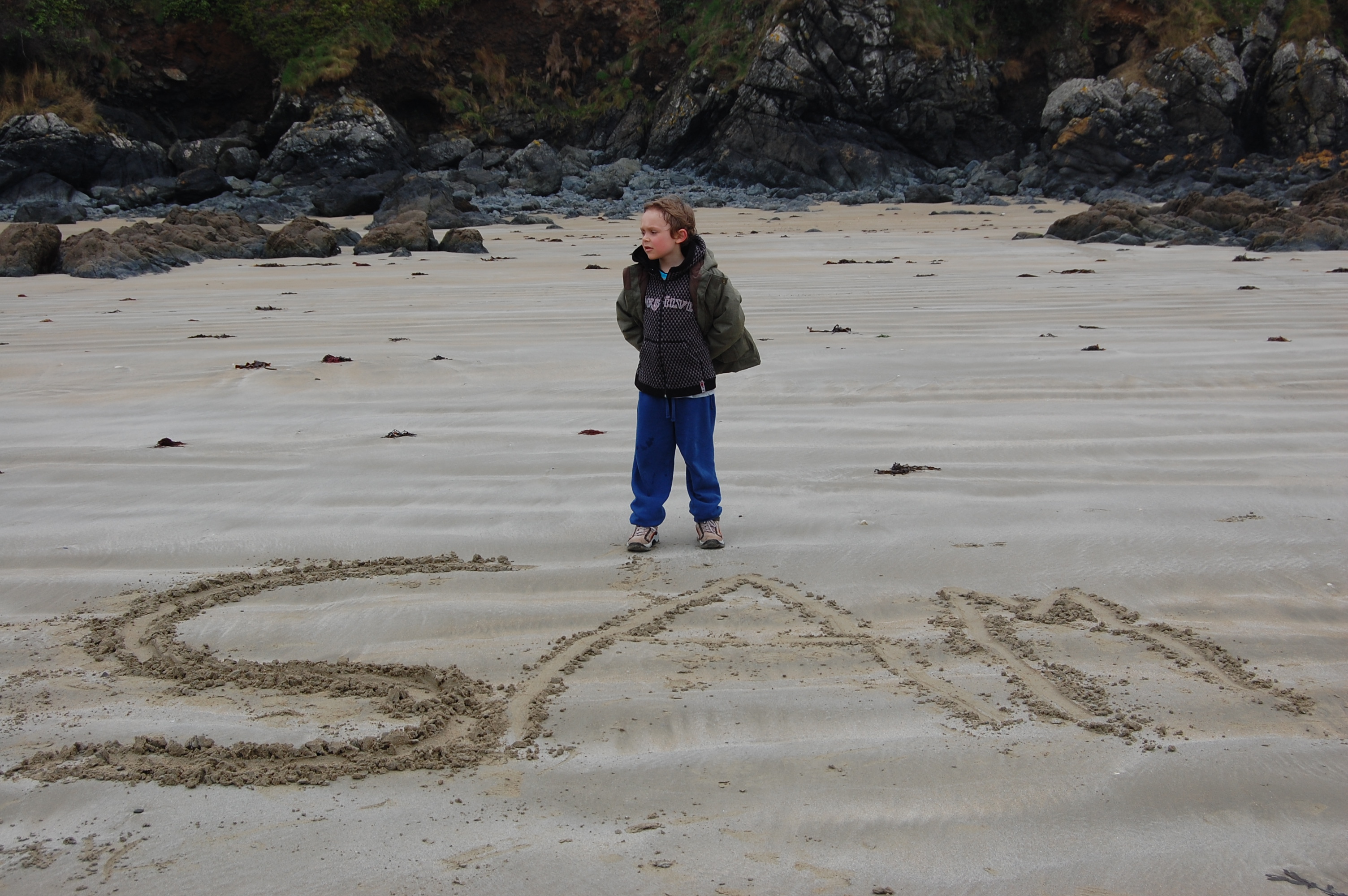
Je m'appelle Sam, j'ai 23 ans. J'étudie le design graphique à l’Ensad Nancy en quatrième année et cette année, j’ai eu l’envie de faire un stage à l’étranger. Notamment aux Pays-Bas et plus particulièrement à Amsterdam. En septembre, j'ai rencontré deux camarades de classes, maintenant des ami.es, qui comme moi, voulaient faire leurs stages à Amsterdam. C’est alors qu’avec Hugo et Christine, nous nous retrouvons au début du mois de mars, après quelques galères de recherche de logement, à destination. Hugo fait un stage chez Cleo Tsw, Christine chez Wild Animals, et moi chez Remco van Bladel. Je crois qu’on est bien tombés !
Quand je suis arrivé à Amsterdam pour mon stage, j'ai rejoint mon ami Pablo qui était déjà là pour travailler comme graphiste dans un studio. Il m'a montré des endroits sympas à Amsterdam et en particulier ce restaurant associatif appelé MKZ. On peut venir et aider à cuisiner, les repas sont à 5 euros et ces dons servent à des associations.

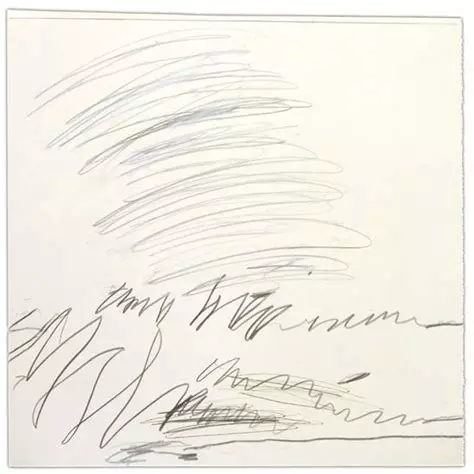
La Fnac, le Géant des Beaux-arts, Bureau Vallée, lieux que je fréquente pour acheter, regarder, prendre. Lieux de rencontres et d’expression, où de multiples outils sont présents. Je suis fasciné par les post-its mis à disposition des clients pour tester tout type de marqueurs avant l’achat. Ici naissent plusieurs formes d’expression. Dessins figuratifs, gribouillages, blagues, mots d’amour, insultes et signatures y apparaissent. D’où vient cette volonté de se montrer, ou du moins de laisser une trace de soi ? C’est espace de liberté mis à disposition comme une invitation à s’exprimer au delà de tester un stylo.
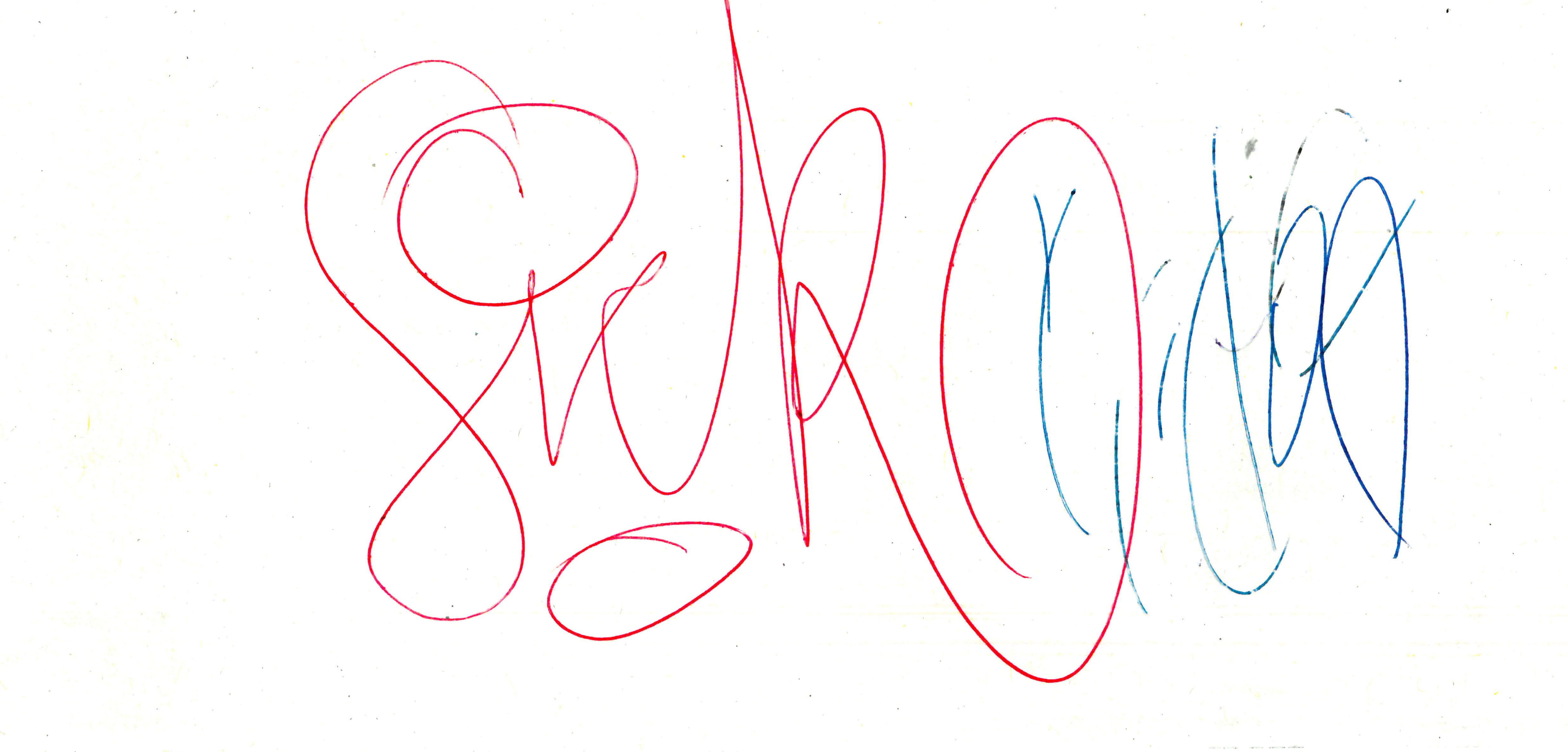
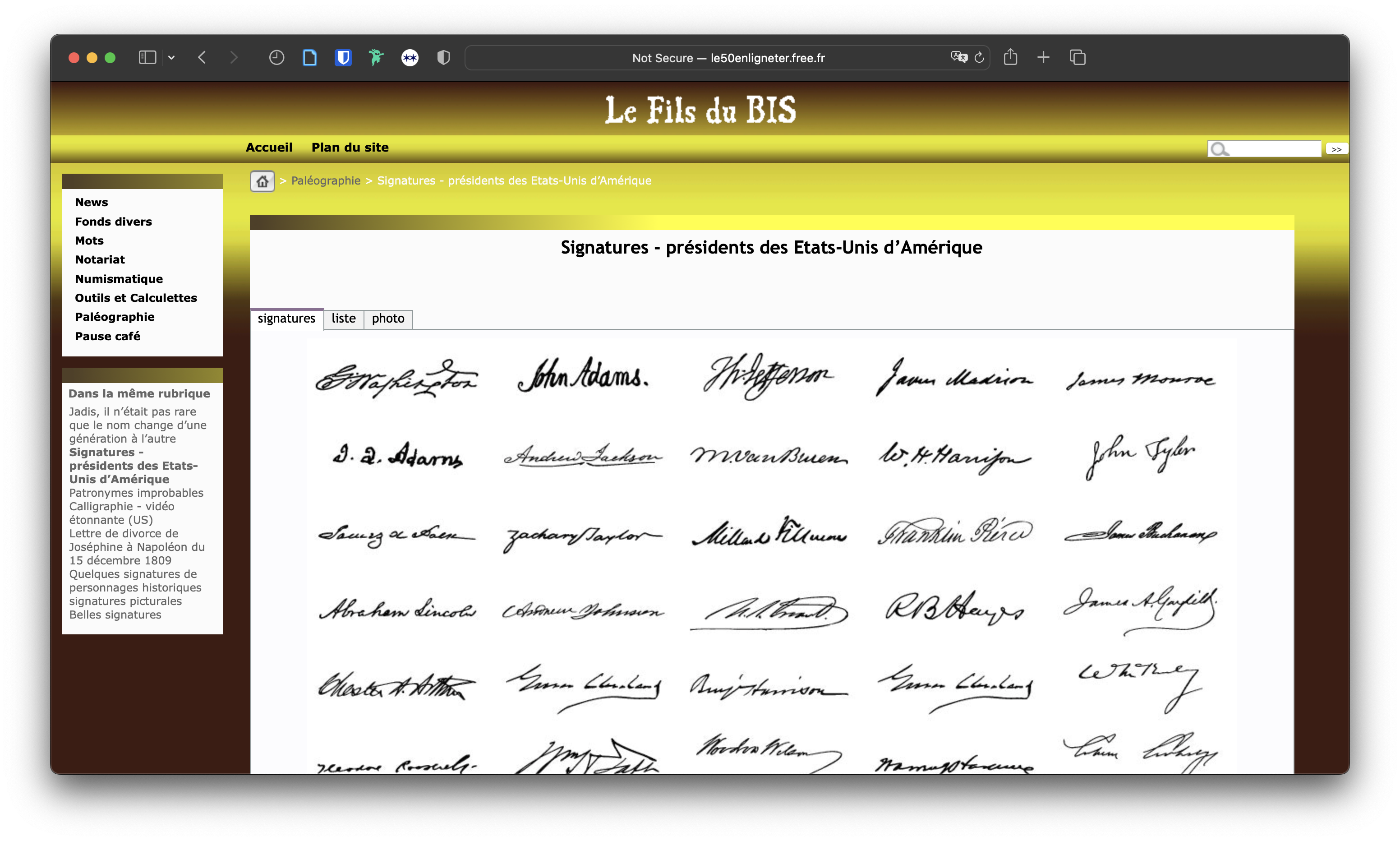
Je déambule dans l’espace urbain, plusieurs choses me sautent aux yeux. Les traces, en effet je ne vois que
cela. Tout ce qui ressort des trottoirs, c’est soit les chewing-gum écrasés qui forment un motif de cercle
blanc ou rose, soit les quelques taches de lichens, ou bien les longues trainées d’urine au sol. Je m’arrête
sur ce point là. Qui tache ? Qui en est l’auteur ? Les personnes bourrées en sortie de bar ou bien des
chiens en promenade ? Laisser une trace c’est montrer que quelque chose s’est passé, que l’on est présent…
"En effet, les chats « marquent » leur territoire lorsqu’ils sont satisfaits, en utilisant les glandes présentes dans leurs joues, au-dessus de leurs yeux et sur leur menton. Il s’agit d’un type de marquage qui est principalement utilisé à l’extérieur, où il y a plus de concurrence avec les autres chats. Au lieu de se frotter le visage pour marquer leur territoire, les chats vaporisent de l’urine, qui véhicule leur propre odeur. Les chats vaporisent parfois de l’urine contre les arbres, les haies et les poteaux de clôture lorsqu’ils sont à l’extérieur – ils le font à hauteur du nez des autres chats qui pourraient passer par là. Ce jet d’urine contient des informations sur l’âge, le sexe, la santé, l’activité de votre chat et les limites de son territoire – un peu comme une carte de visite de votre chat ! Marquer ainsi son territoire vise à informer les autres chats du quartier qu’ils sont sur ses terres, afin d’éviter toute confusion et d’aider à prévenir les affrontements physiques."
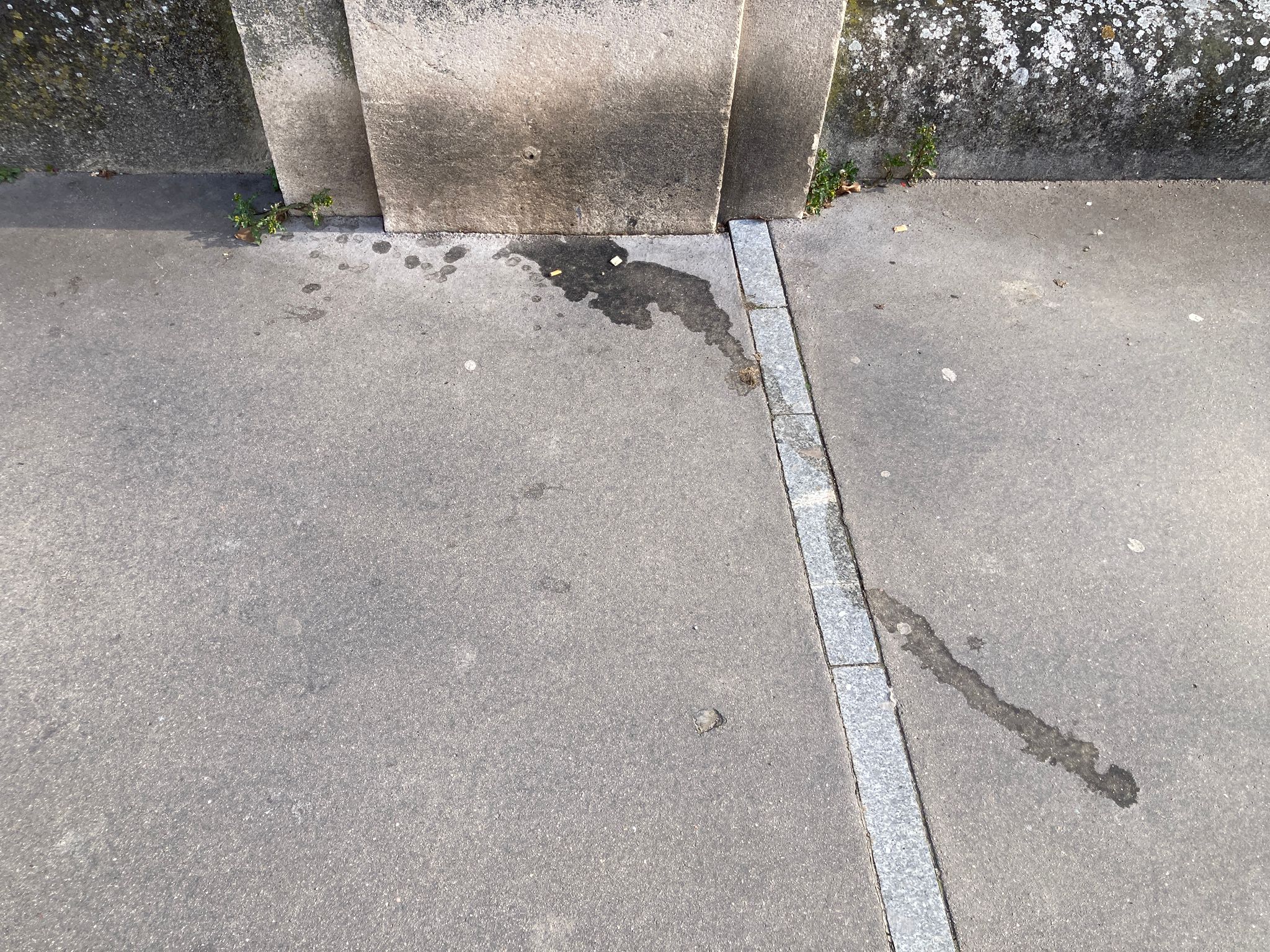
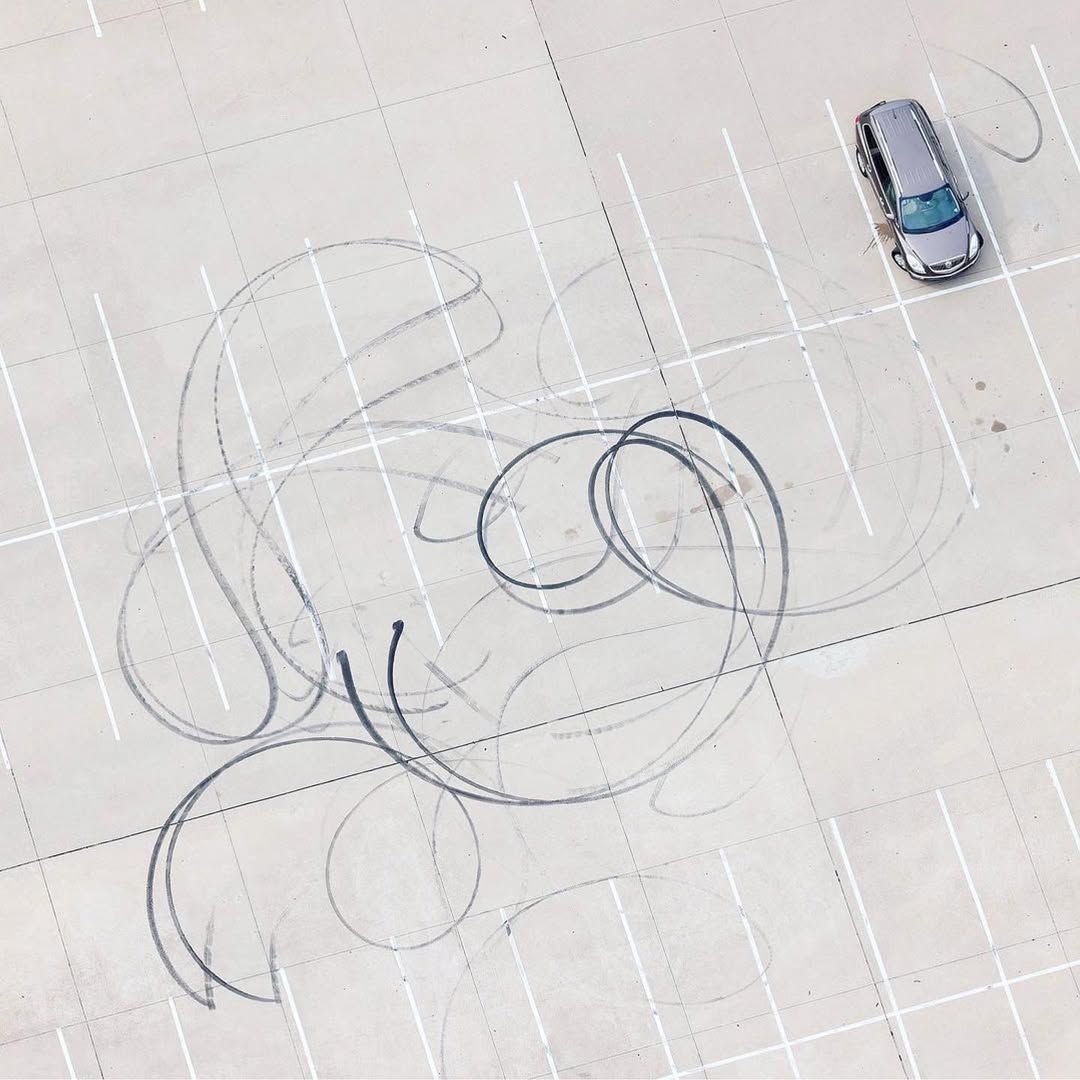

Écrire son nom sur un gobelet à une fête d’anniversaire
La singularisation de l’écriture
Le geste induit la trace laissée, ici l’écriture du nom. Quelque part la signature des invités de la fête
d’anniversaire. Le trait se comporte donc en fonction de la surface courbée du gobelet.
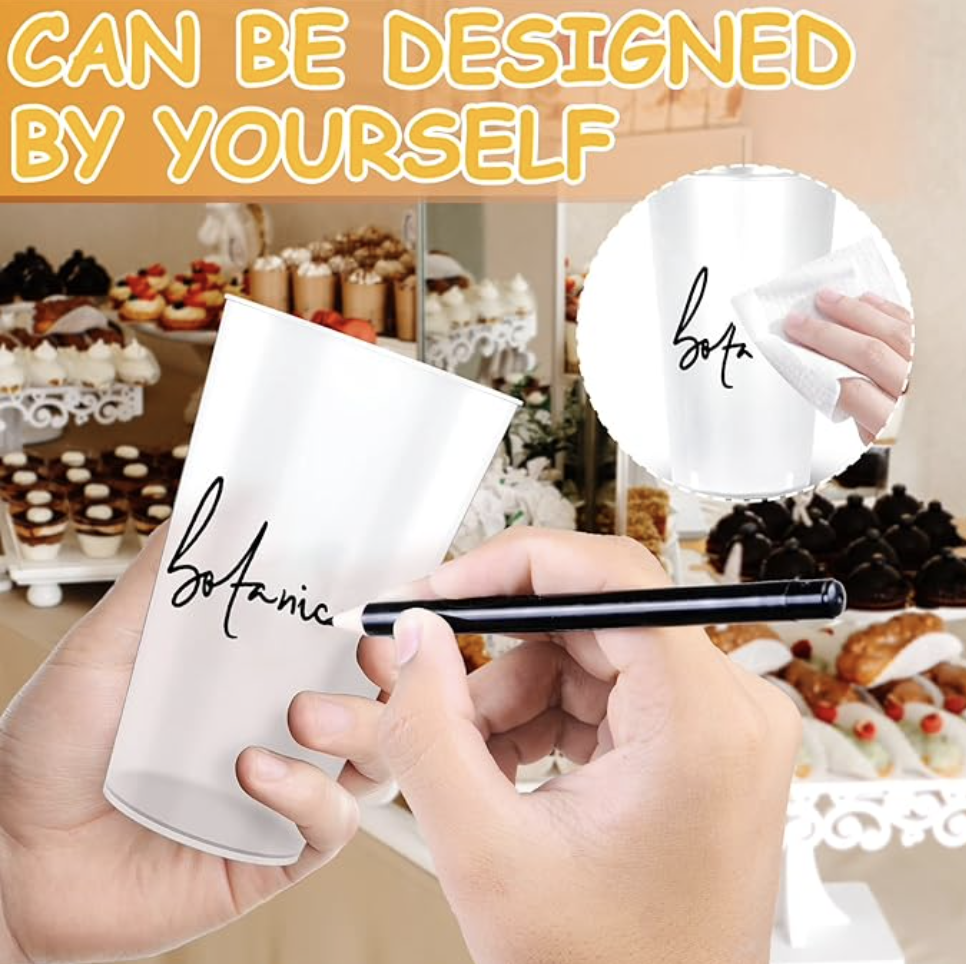
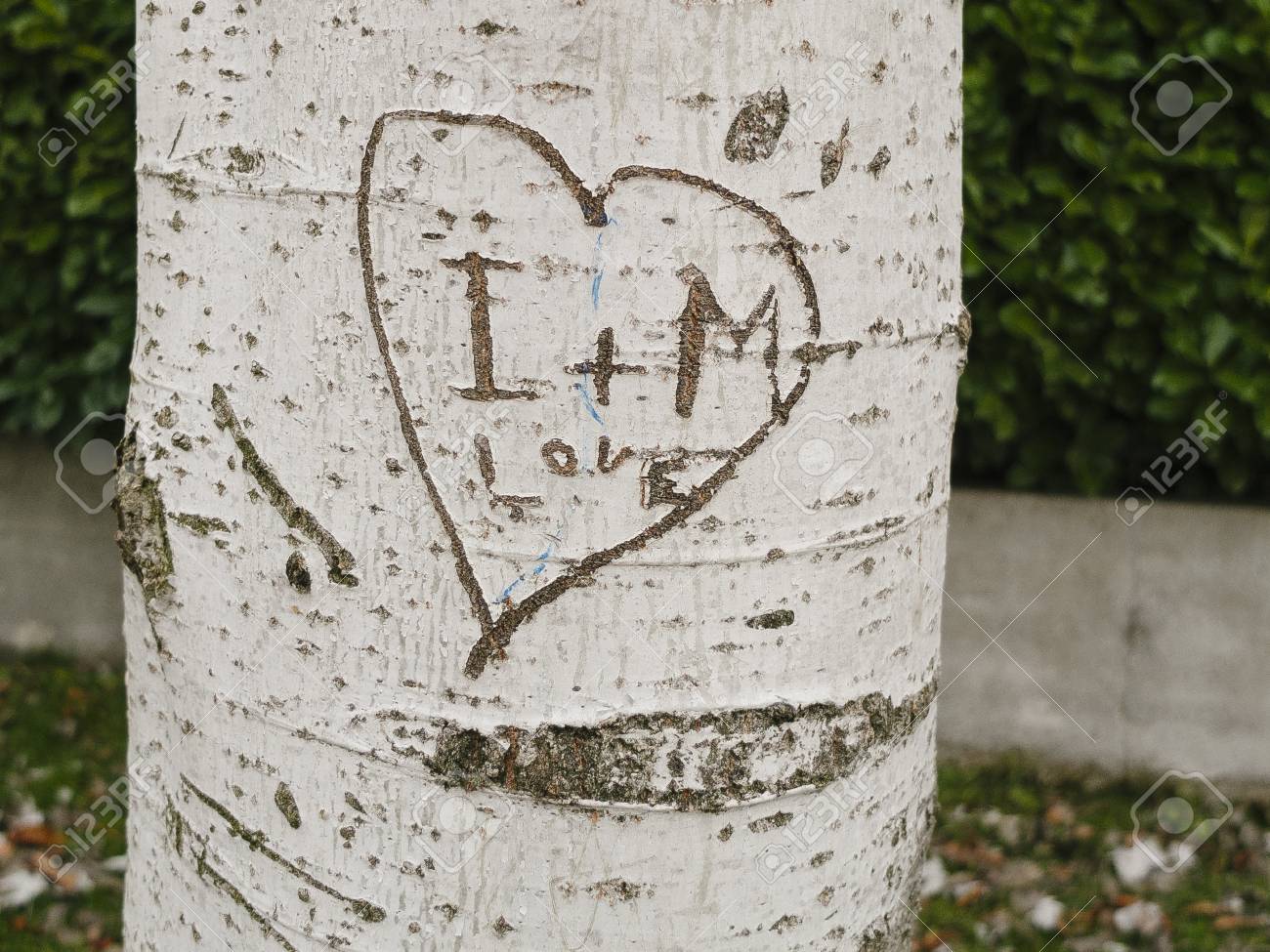
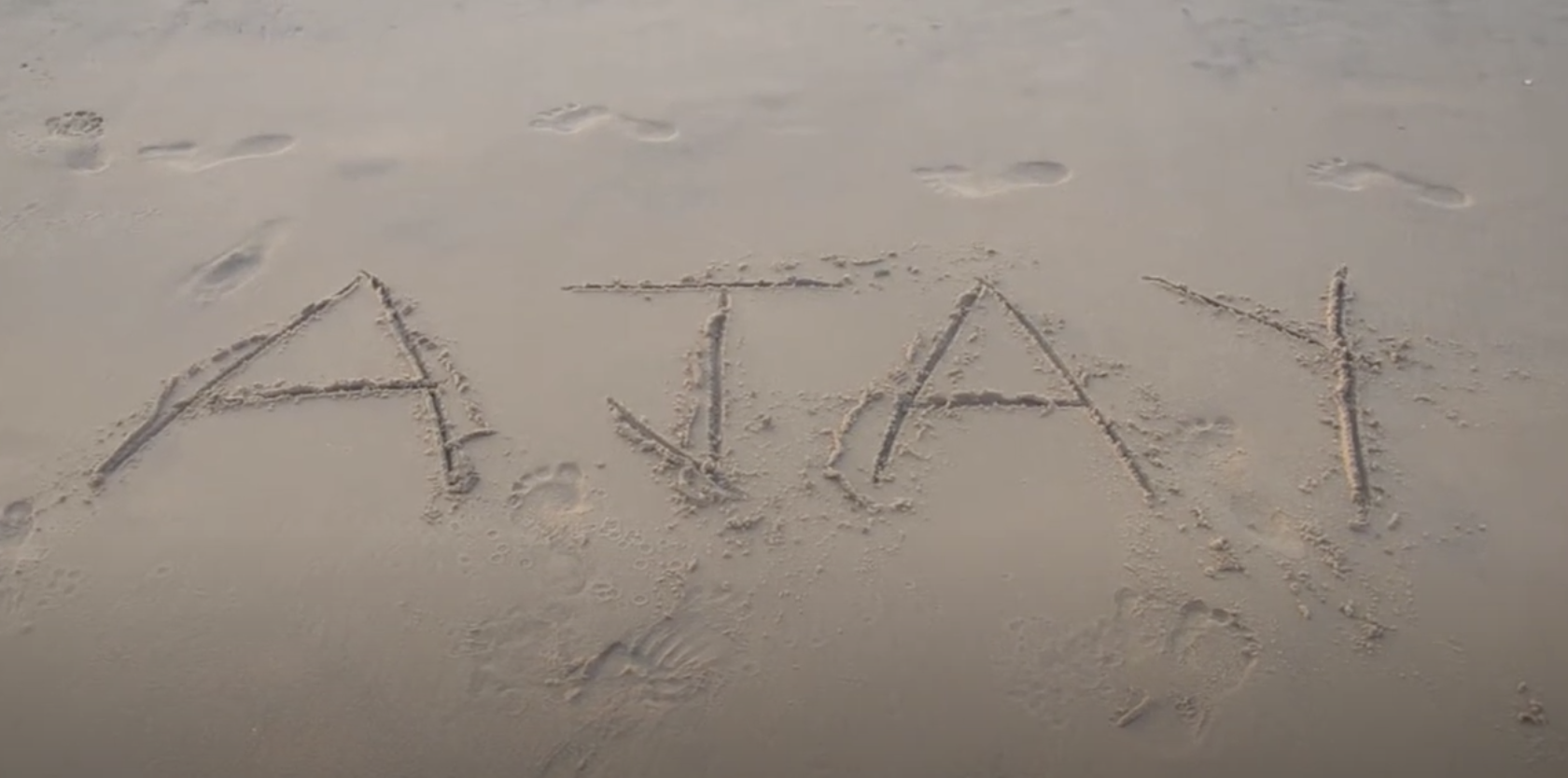
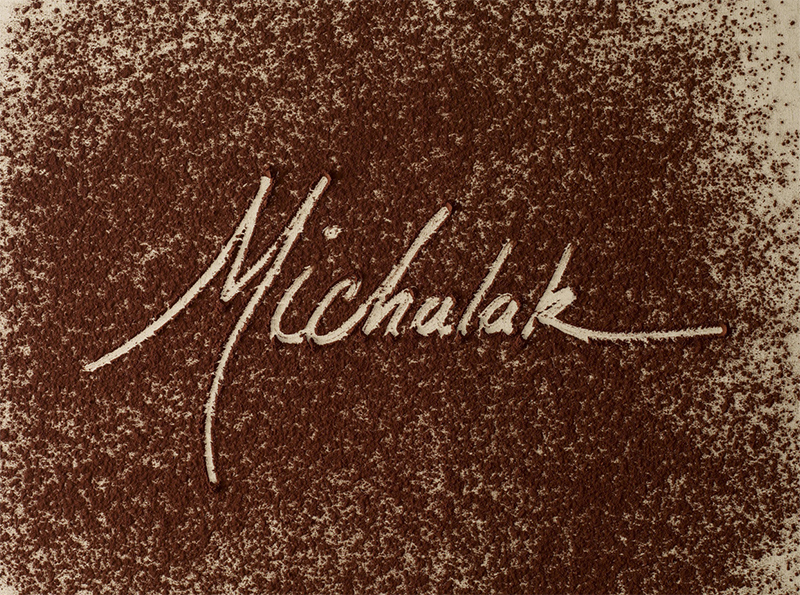
— Une brève histoire des lignes, Tim Ingold, 2011-2013
— Shorthand, Félix Salut (on Sourcetype)
— Gestures, Félix Salut (on Sourcetype)
— Signature, évènement, contexte, Jacques Derrida, 1971
— Le Symbolisme de l’écriture, Max Pulver, 1889-1952
— Signatures Pieces — On the institution of authorship, Peggy Kamuf, 2018
— Collection de sable, Italo Calvino
— Asemic the art of writing, Peter Schwenger
— L'œuvre, l'auteur et la signature, Marie Cornu, 2008 (article Cairn)
— Comprendre et reproduire le graffiti carcéral : une expérimentation, Philippe Hameau et Fanny
Lalande,
2024
— La valorisation du graffiti carcéral au travers d’anciens lieux de détention classés au titre des
Monuments Historiques. Cassandra Guilloux, 2023
— (S)Chaumont, Thierry Chancogne, 2013 (article Tombolo)
— La signature : genèse d’un signe, Béatrice Fraenkel, 1992
— Promenade au pays de l’écriture, Armando Petrucci, 2019